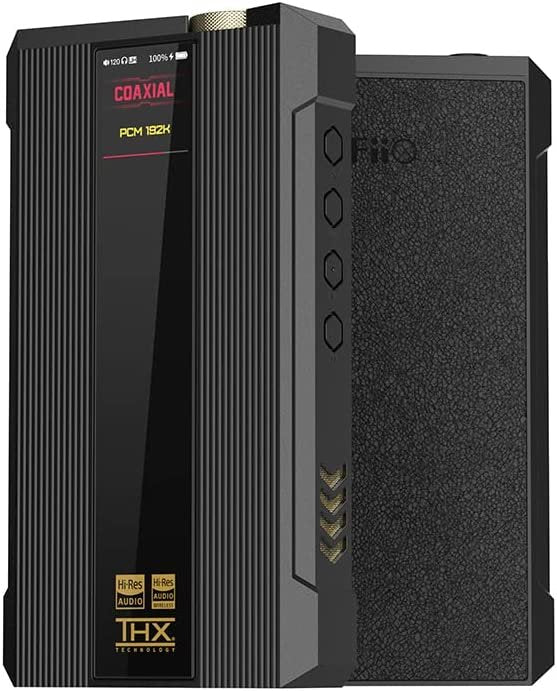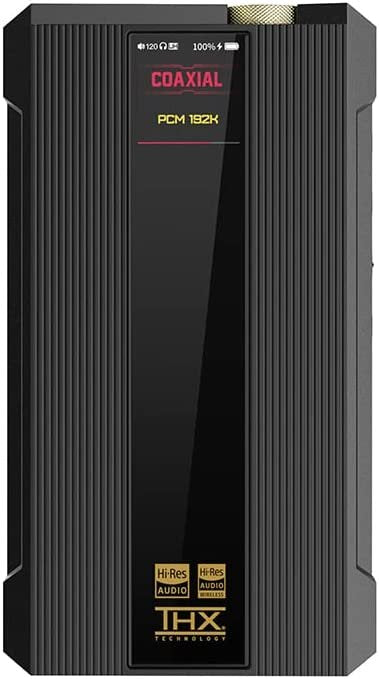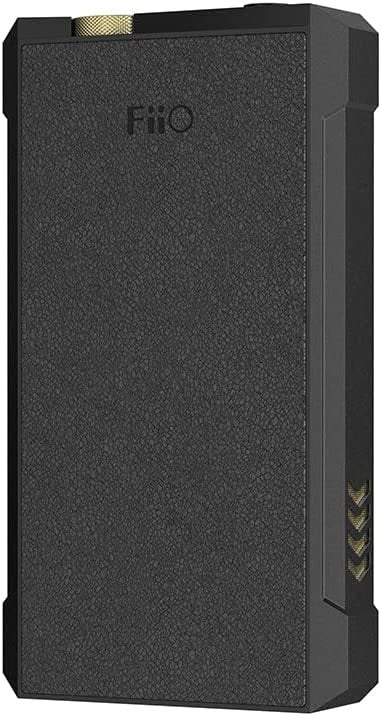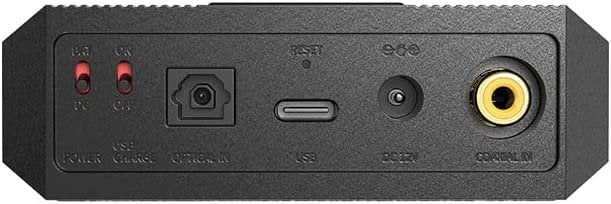




FiiO Q7 DSD512 MQA Balanced Portable DAC/Headphone Amp - Open Box
Free Shipping In Canada
$929.00 CAD
High-Res Audio on the Go. The FiiO Q7 DAC/Headphone Amp offers balanced, high-resolution audio with DSD512 and MQA support, perfect for audiophiles seeking top-tier performance on the go.
Have A Product Question?
Pairs well with


